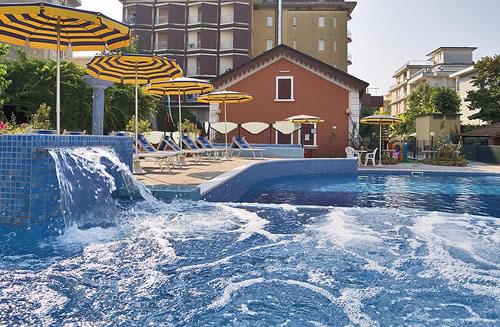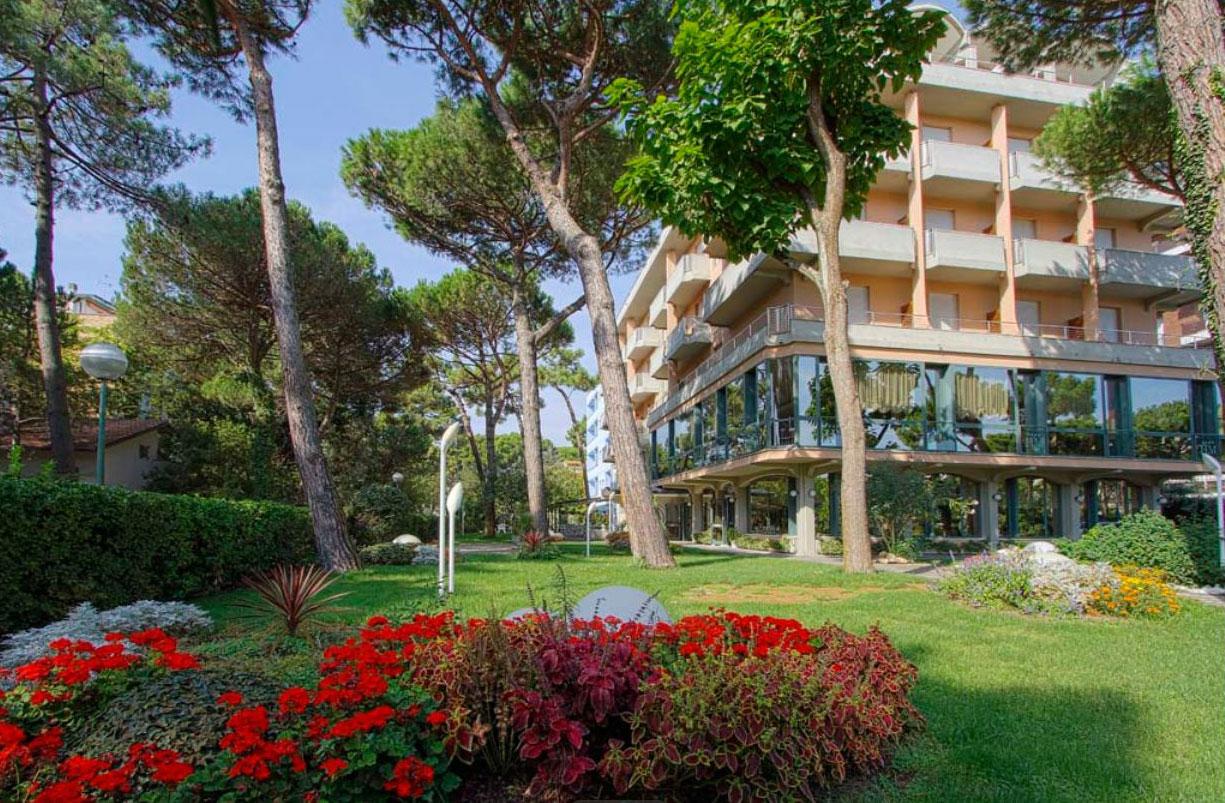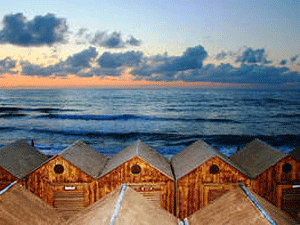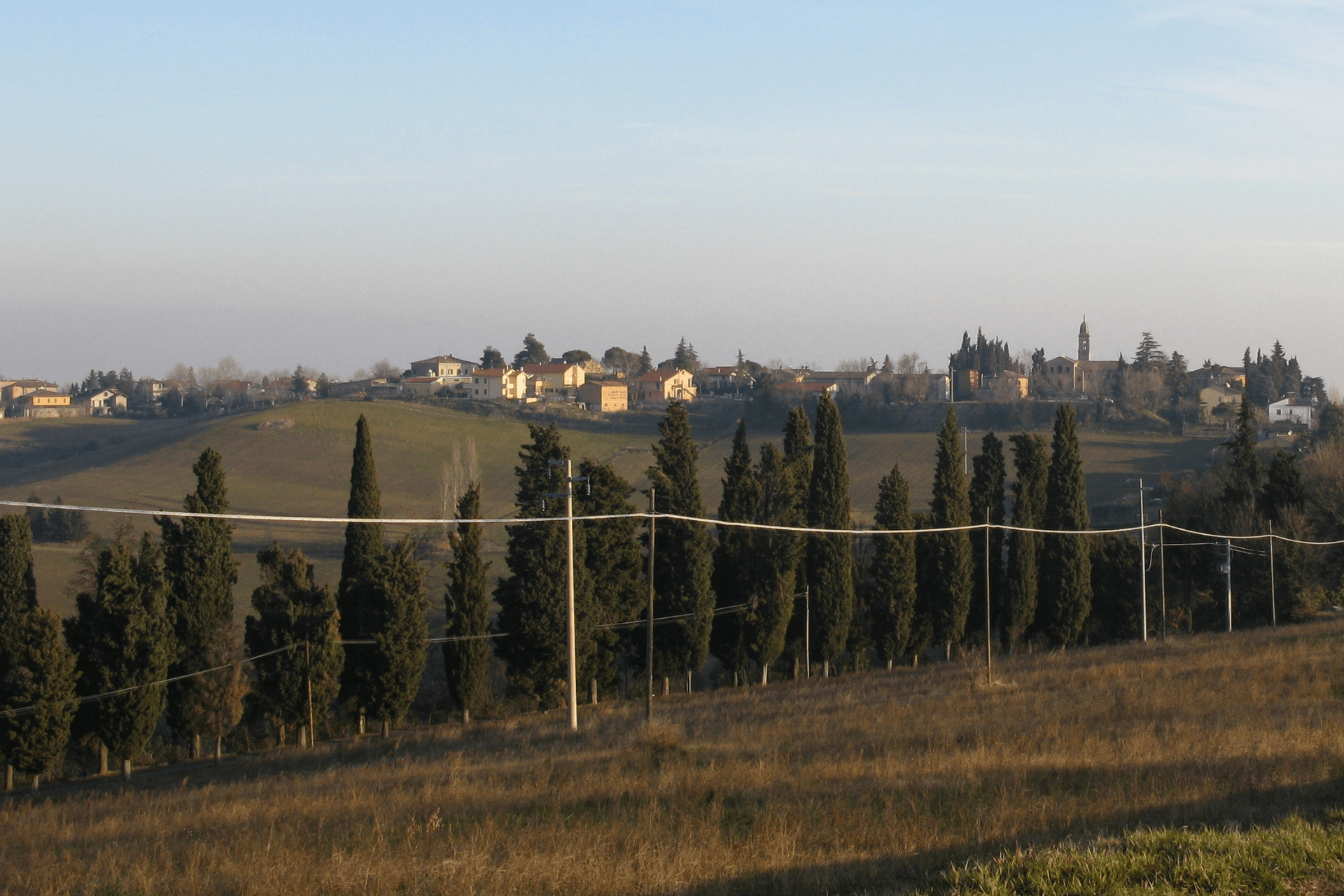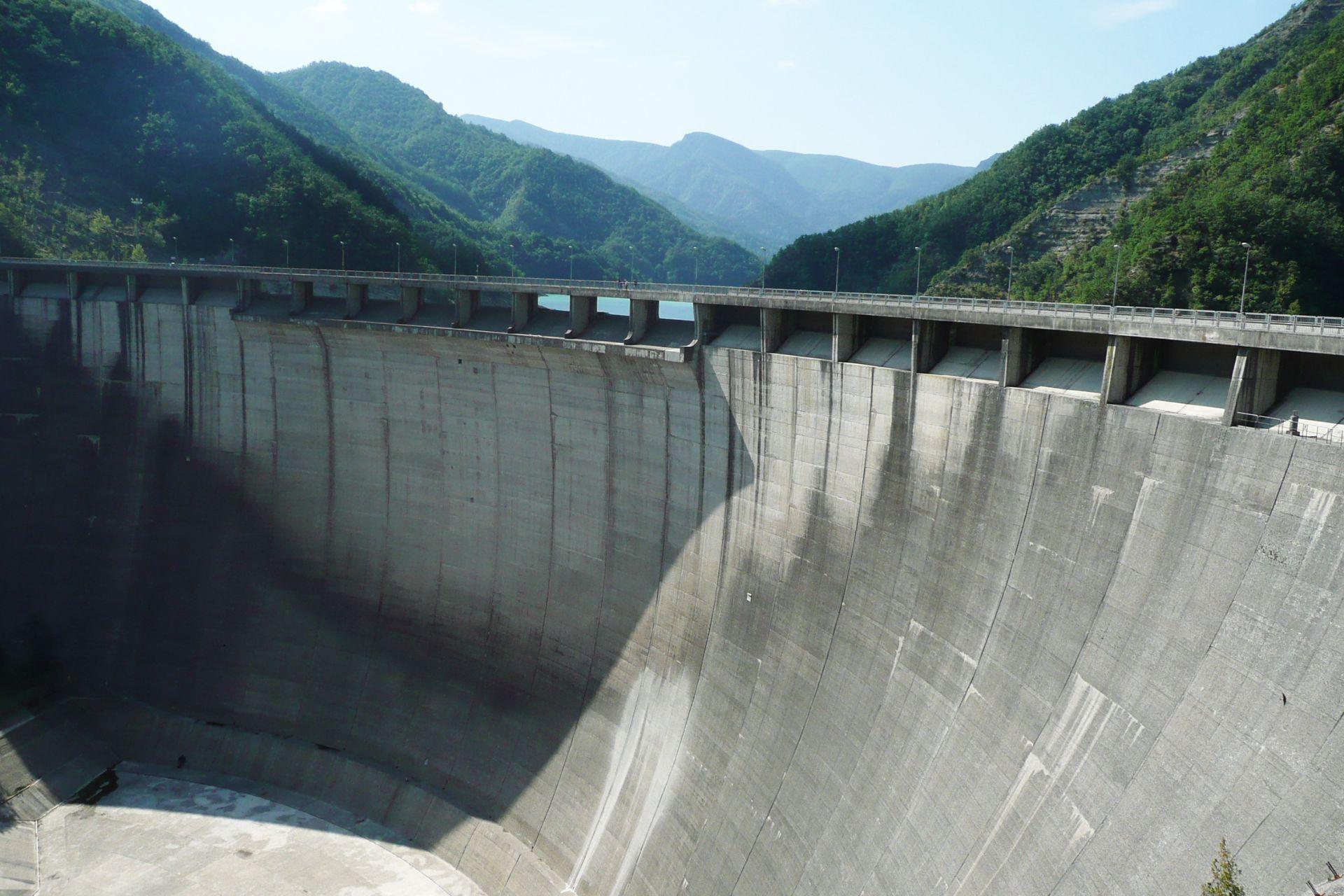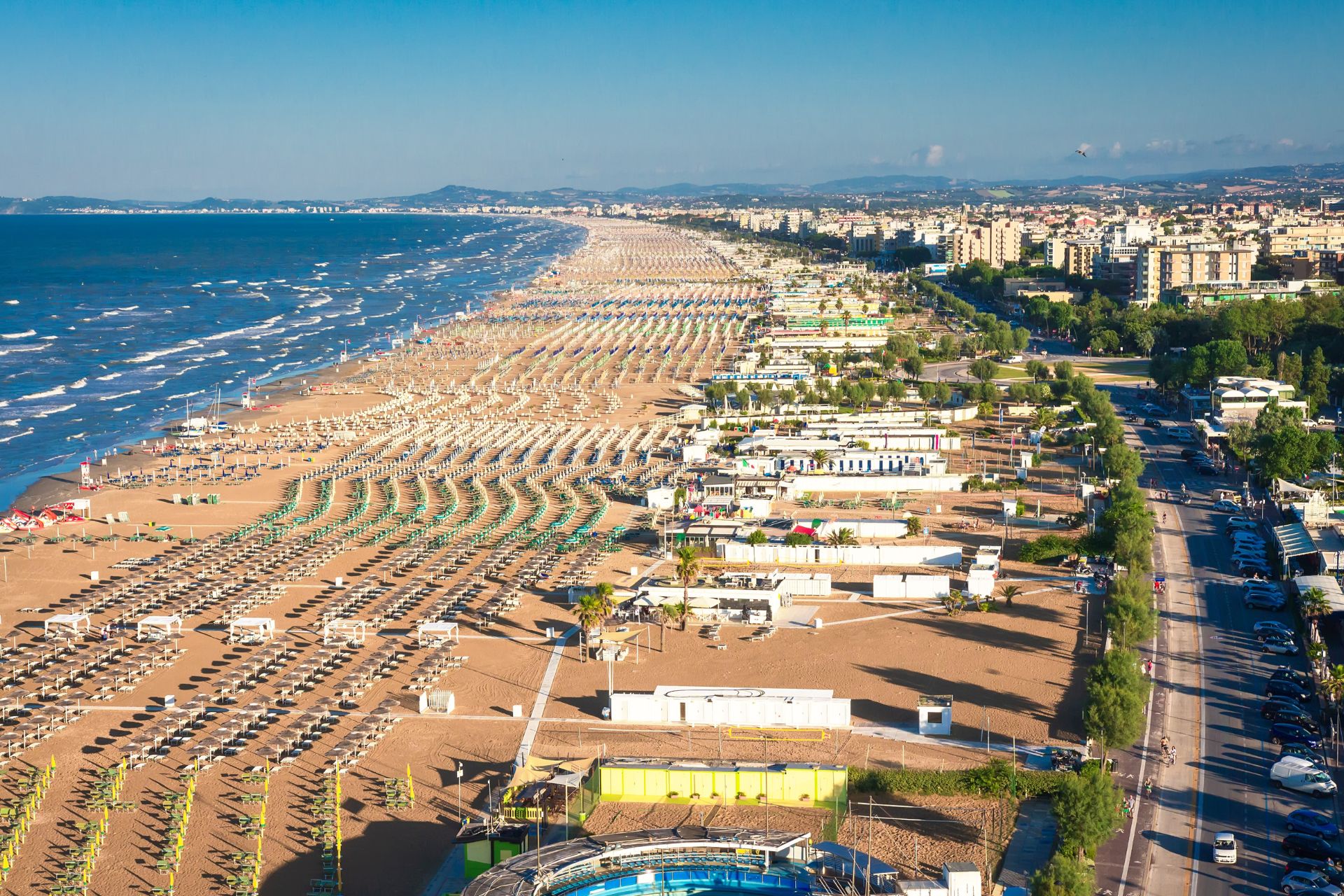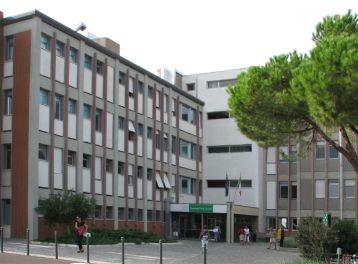When we think of Rimini, the first images that come to mind are often those of holidays on the Riviera: colourful beach umbrellas, hot piadina, evenings on the seafront, crowded clubs and the voice of Fellini echoing in the collective imagination. But behind the modern seaside town, behind the Fellini-esque and worldly Rimini, lies a more ancient, mysterious, profound face: that of a proto-historic Rimini, whose roots go back millennia before the Roman foundation.
Among the populations that inhabited these territories before the arrival of the Romans were the Umbriforgotten but fundamental protagonists in the history of central Italy.
Where it all begins: a land of passage
Rimini has always been a border town. Situated between the Adriatic Sea and the foothills of the Apennines, it is a natural junction between the Po Valley, the hills of the Marche and the Umbrian passes. Over the centuries, this geographical role has made it a meeting point (and often a clash) between different cultures: from the Italic peoples to the Etruscans, from the Senon Gauls to the Romans.
Already in the 1st millennium B.C., long before the colony of Ariminum arose, the territory was frequented and inhabited by local peoples who lived in agricultural villages, practised cults linked to the natural elements, and traced the first routes that would later become consular roads. Among these peoples, the Umbrians occupied an important role.
The Umbrians: an ancient and widespread people
Umbria, as we understand it today, is a central, inland region. But ancient Umbria was a much larger entity. According to sources such as Pliny the Elder, the Umbrians were among the oldest inhabitants of the Italic peninsula and once occupied a vast area stretching from the Apennine ridge to the Adriatic, including part of present-day Romagna.
It is therefore plausible that the area of today's Rimini - particularly what we now call the lower Marecchia Valley - was influenced or directly inhabited by Umbrian peoples, who in time merged with or were overtaken by first the Etruscans and then the Gauls.
Their presence is also suggested by some ancient place names and archaic linguistic features, such as the name of the river Ariminus (today Marecchia), from which Ariminum, the Roman name for Rimini, derives.
Ariminum: the birth of the Roman colony
In 268 BC, the Romans officially founded the colony of Ariminum. The choice was not accidental: Rimini was located at the junction of the Via Flaminia, which connected Rome to the north, and the newly born Via Aemilia, which would give impetus to Roman expansion in the Po Valley.
This foundation marked the end of the rule of the Senon Gauls, the last to arrive in the area, and represented the beginning of a long period of Romanisation. However, as often happens, the foundation did not completely erase the previous cultures, which continued to live on in the rituals, traditions, religiosity and names handed down.
Traces invisible, but present
To date, we still have no significant archaeological finds that attest with certainty to a stable Umbrian settlement in the Rimini area, but this absence should be interpreted with caution. Archaeology is a constantly evolving science, and many traces of protohistoric peoples, especially those who did not build in stone, are difficult to find or accurately attribute.
On the other hand, some findings in the Marecchia valley and in the hills of the Rimini hinterland suggest very ancient frequentation and cultural influence that could well be attributed to Umbrian or related populations. Moreover, the area is part of the so-called 'band of the Adriatic Villanovans', who already had cultural exchanges with the Umbrian, Etruscan and Picenum worlds in the 9th-8th centuries BC.
Rimini as a mirror of Italy
To speak today of Rimini's Umbrian origins is to trace a karstic river, which runs invisibly beneath the surface of a city known for anything else. But it is also a way of recognising the depth of the past and the richness of a land that has always known how to mix different souls.
Rimini has been Romagna, Byzantine, Malatesta, papal, seaside, cinema. But first and foremost, it has been Umbrian land. A city of passage, which has made its geographical position an identity.
Why rediscover this story
Rediscovering Rimini's possible Umbrian roots is not a nostalgic operation, but a cultural challenge: it means giving the city back its historical depth, its value as an ancient and modern crossroads.
It also means strengthening the cultural ties between Romagna, Umbria and Marche, regions that share more than is often thought.
At a time when tourism is becoming increasingly experiential and identity-driven, offering visitors this deeper, lesser-known tale can turn a stroll along the seafront or a visit to the Augustus Arch into a journey into Italy's most remote history.
Chronological box - The ancient origins of Rimini
| Epoch | Main events |
|---|---|
| 9th-7th centuries B.C. | Villanovan presence; cultural exchanges between Umbrians, Etruscans and Picenes |
| 7th-5th centuries BC. | Probable Umbrian settlements in the area between the Apennines and the Adriatic coast |
| 4th century BC. | Invasion and settlement of the Senones Gauls |
| 268 BC. | Foundation of the Roman colony of Ariminum |
| Republican and Imperial Ages | Construction of consular roads, development of the city as a strategic hub |
| Middle Ages and beyond | The pre-Roman heritage is lost, but survives in place names and local traditions |



